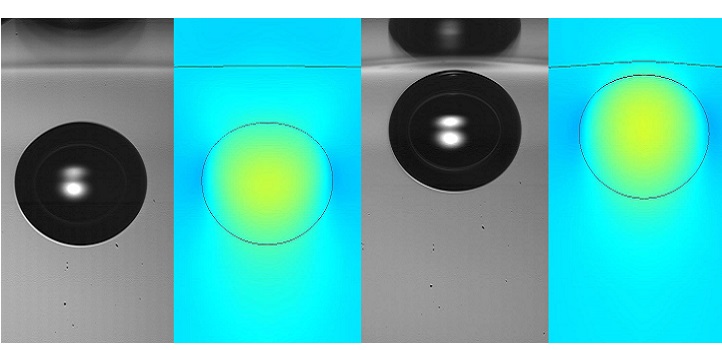
Mechanical Engineering
Bouncing bubbles shake up emulsion studies
Collisions of tiny air bubbles with water surfaces can reveal fundamental characteristics of foamy mixtures.
Page 2 of 3

Mechanical Engineering
Collisions of tiny air bubbles with water surfaces can reveal fundamental characteristics of foamy mixtures.
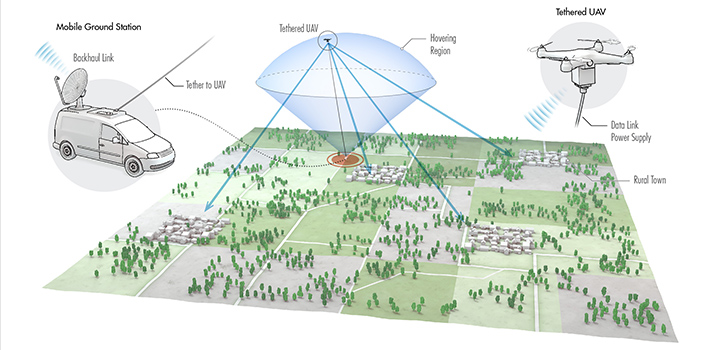
Electrical Engineering
Wire-connected drones may complement or replace the fixed-base stations of cellular communications networks.
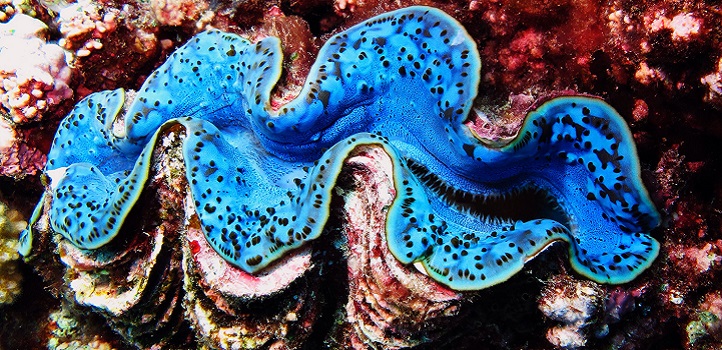
Marine Science
Giant clams manipulate light to assist their symbiotic partner.
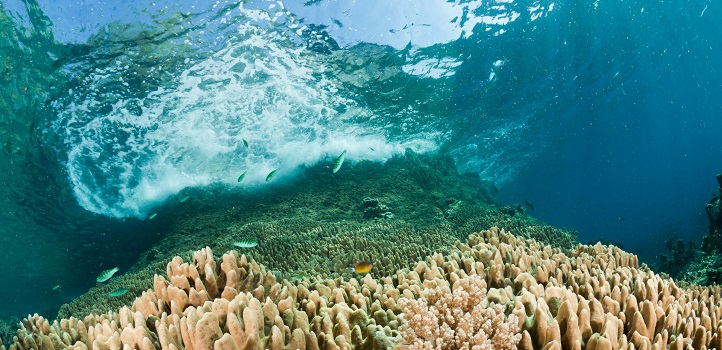
Earth Science and Engineering
Modeling shows that coral reefs off the east coast of Saudi Arabia play a vital role in protecting the coastal zone.
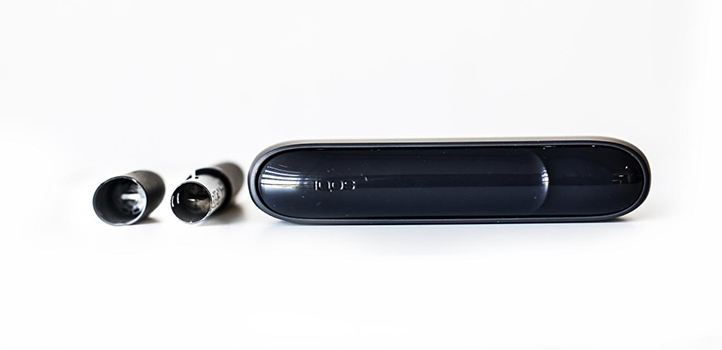
Chemical Engineering
A more sensitive technique shows a cigarette alternative seems to emit more chemicals than manufacturer testing had found.

Mechanical Engineering
Predictions reveal how pressure and temperature fluctuations in engine cylinders can suppress damaging fuel combustion events.

Environmental Science and Engineering
A study of marine Halobates species highlights how their waterproofing techniques, size and acceleration capability helped them colonize the ocean.
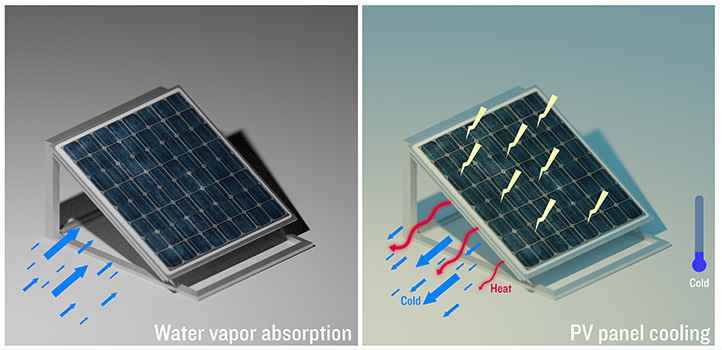
Environmental Science and Engineering
Polymers that absorb water from the atmosphere can make it easier to run photovoltaic devices in hot climates.
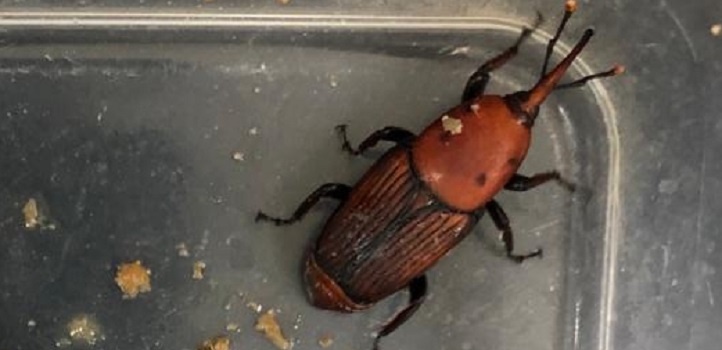
Electrical Engineering
Optical fibers wrapped around date palm trunks could help detect this tree’s most destructive pest early enough to save it.
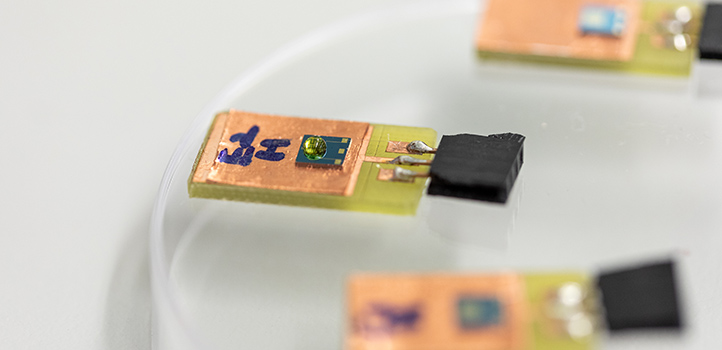
Electrical Engineering
Nanomaterial-based electronic device monitors a key heart health biomarker.

Bioengineering
A protein hijacked from a bacterial pathogen helps to facilitate more precise genome editing in plants.

Mechanical Engineering
Advanced modes of combustion that are controlled by plasma discharges could become key components of the circular carbon economy.
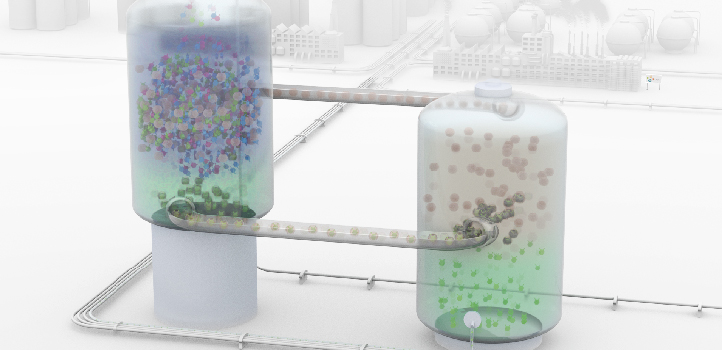
Chemistry
A molecule with a hollow center proves ideal for separating a common industrial chemical mixture.
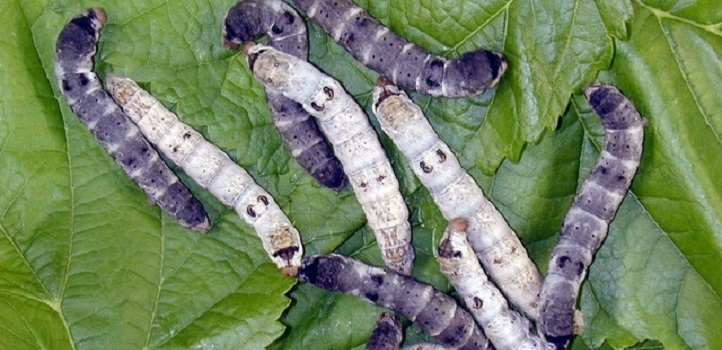
Bioscience
E-selectin is grown in silkworms for the first time, revealing new aspects of its binding dynamics.

Mechanical Engineering
Modeling the combustion properties of gasoline is driving the search for cleaner fuels.
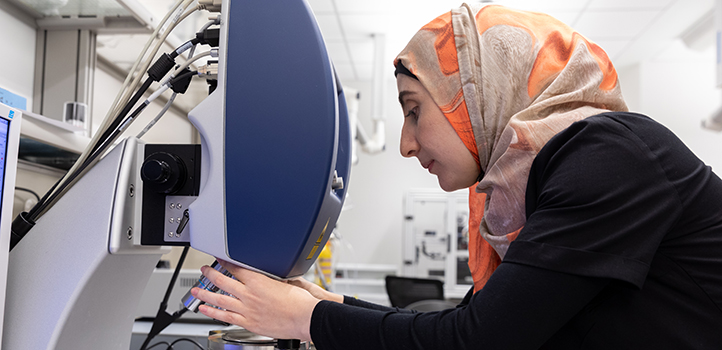
Mechanical Engineering
Variations in the vibrations of beams of silicon create a sensitive way of measuring pressure changes.
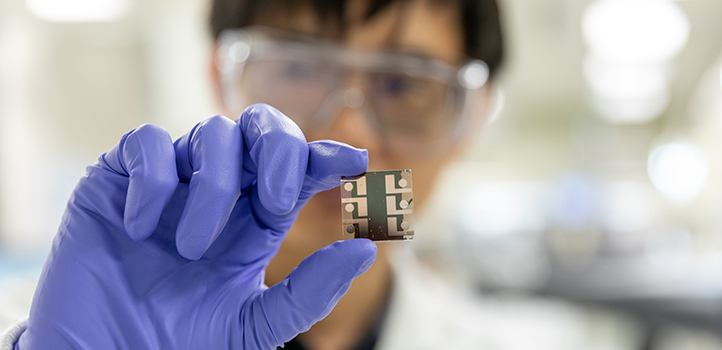
Material Science and Engineering
Unconventional perovskites with an inverted structure see a leap in efficiency and longevity with an amine-based additive.

Chemistry
More efficient photocatalysts could unlock the potential of solar energy.

Environmental Science and Engineering
Carbon dioxide bubbles could be a fast and environmentally friendly way to unclog seawater filters and keep the supply of drinking water flowing.

Computer Science
For a communications revolution, 6G development needs more human-centric research.

Earth Science and Engineering
Simulations reveal unexpected connections in the Red Sea basin that could help marine conservation.
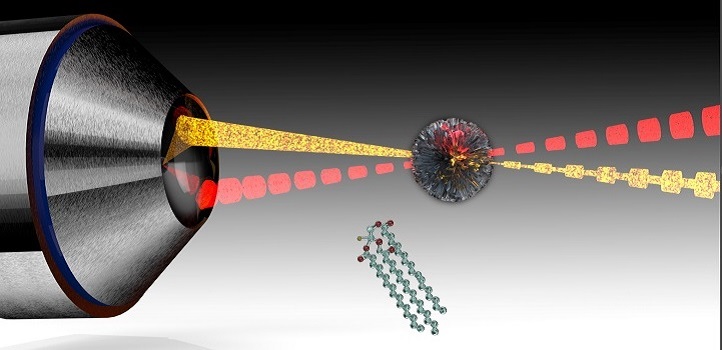
Bioscience
Laser-based microscopes can tune into multiple biomolecular signatures found in cancer cells.
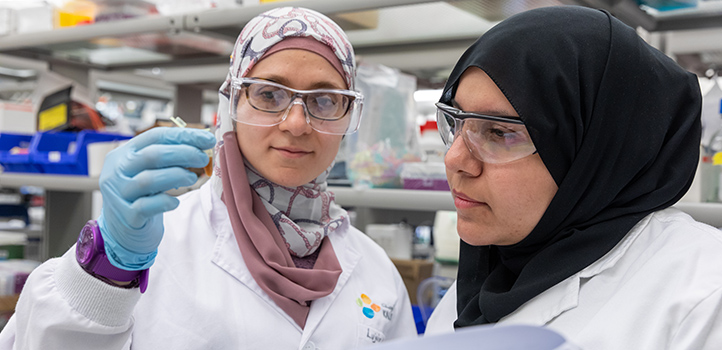
Computer Science
Prediction method could help personalize cancer treatments and reveal new drug targets.
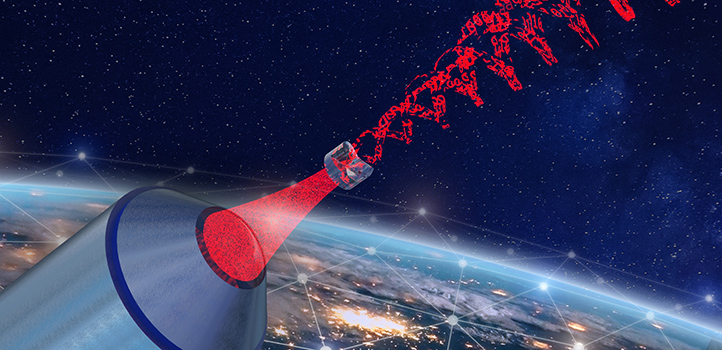
Electrical Engineering
The finding that light can be twisted very precisely may offer fresh options for communications infrastructure.
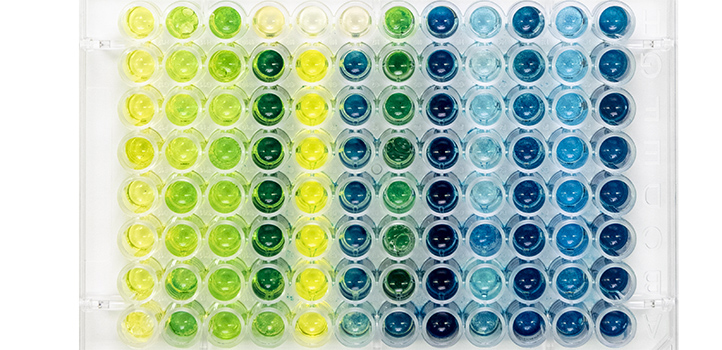
Environmental Science and Engineering
Ultraviolet light could thwart antimicrobial resistance by damaging DNA material in wastewater.
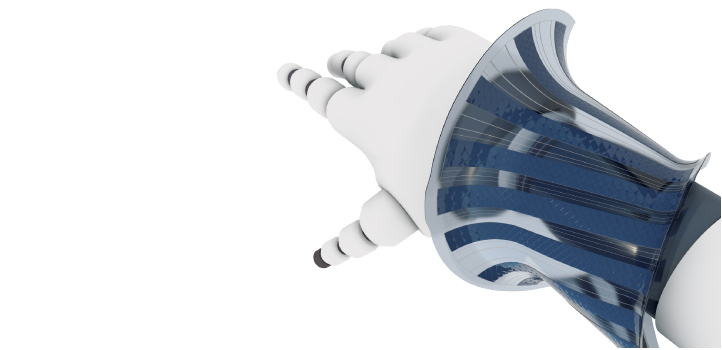
Electrical Engineering
Combining silicon with a highly elastic polymer backing produces solar cells that have record-breaking stretchability and high efficiency.
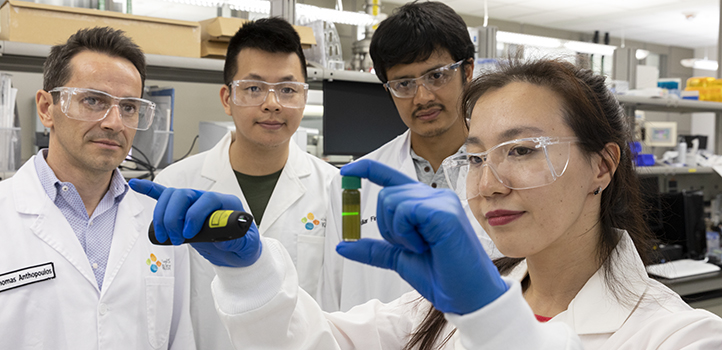
Material Science and Engineering
Tungsten disulfide helps to channel charge in flexible photovoltaics.
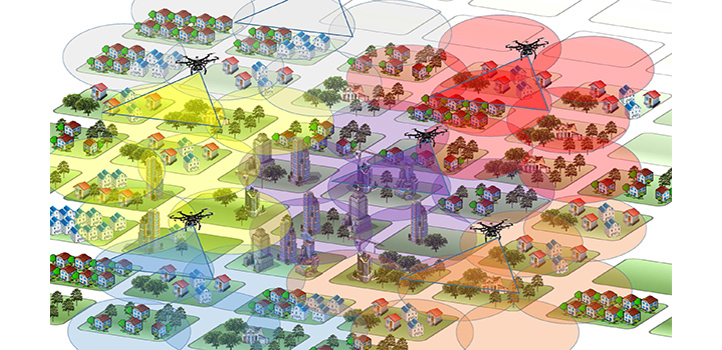
Electrical Engineering
Hovering airborne vehicles could connect smart sensors to the internet of things.

Plant Science
Identifying genes that confer resistance to leaf rust infections could help generate durably resistant cereal crops.

Plant Science
Plant scientist Salim Al-Babili and his team are working across many fronts to save sub-Saharan African cereal crops from a menacing weed.
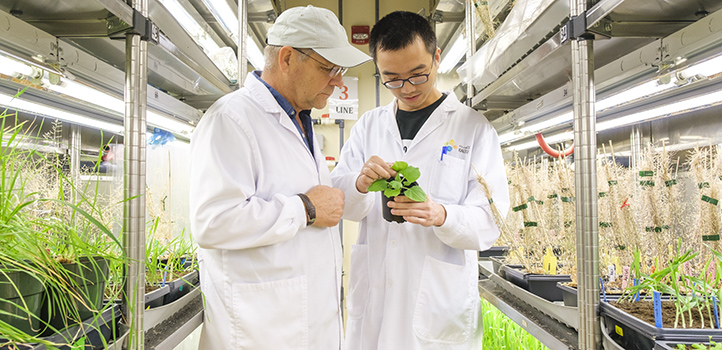
Plant Science
Discovery of signaling intermediary could lead to more pest-resistant crops.
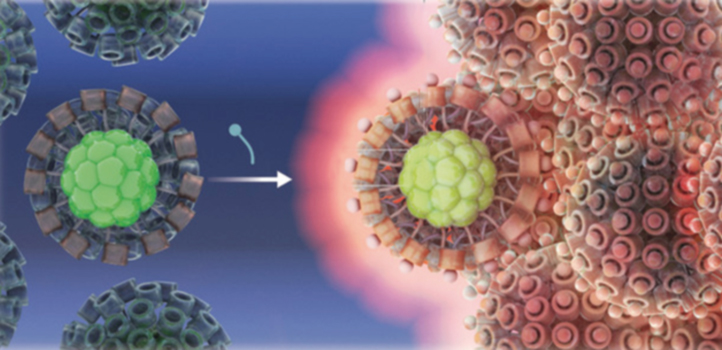
Chemistry
Large cylindrical ligands increase stability and enhance light emission of silver nanoclusters.
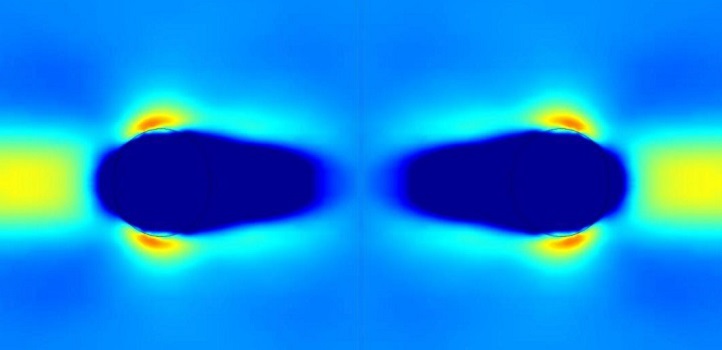
Mechanical Engineering
Ultrapure solvents prove there is more than meets the eye when oil and water mix.
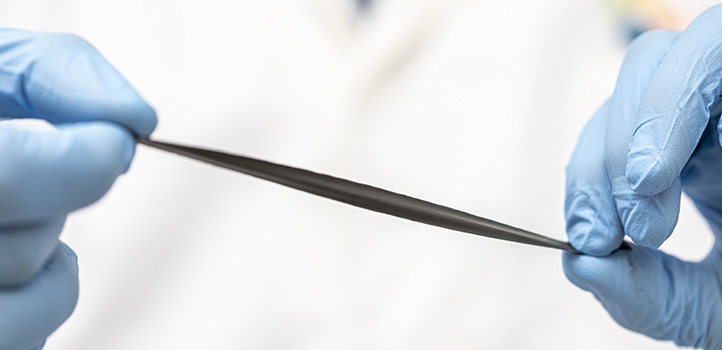
Electrical Engineering
A magnetic skin that is safe and comfortable to wear could open the door to a wide range of wireless, remotely controlled applications.

Chemistry
Catalyst switch strategy is the key step in the production of a four-component crystalline tetrablock quarterpolymer.
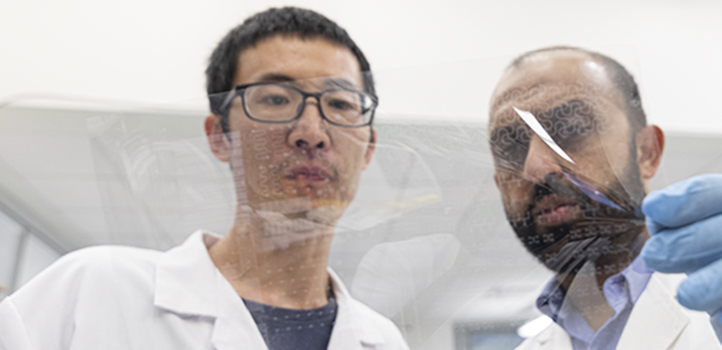
Electrical Engineering
Stretchy, see-through, silver nanowire sheet combines optical transparency with excellent electrical conductivity.
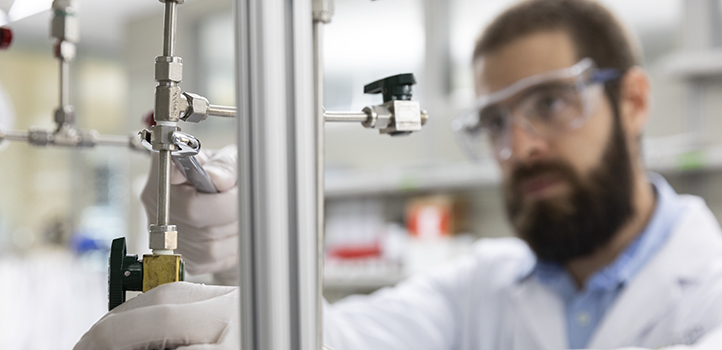
Environmental Science and Engineering
Discarded PET bottles could find a new life in the chemical industry.
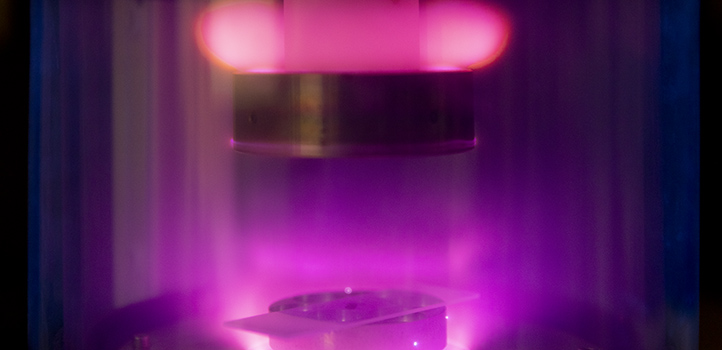
Bioscience
Protein-folded DNA nanostructures offer a new building material for biotechnology.
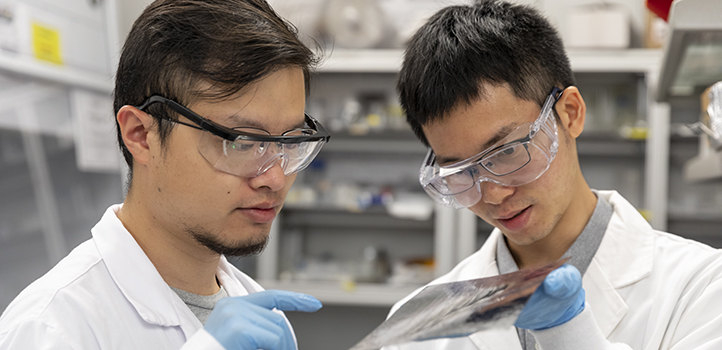
Electrical Engineering
An inexpensive passive cooling technology could be used to cool buildings in cities, reducing energy consumption.
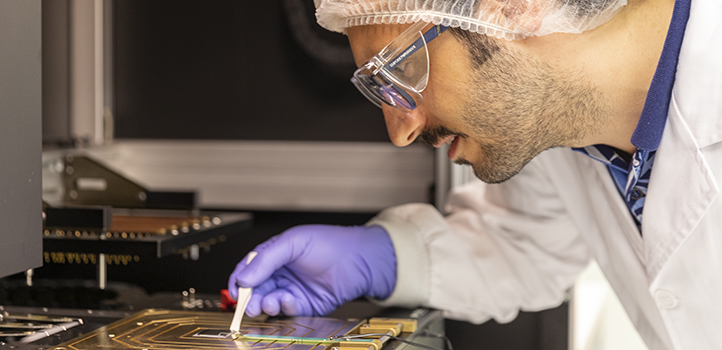
Material Science and Engineering
Zirconium-doped transparent electrodes boost the power conversion efficiency of perovskite-based tandem solar cells.
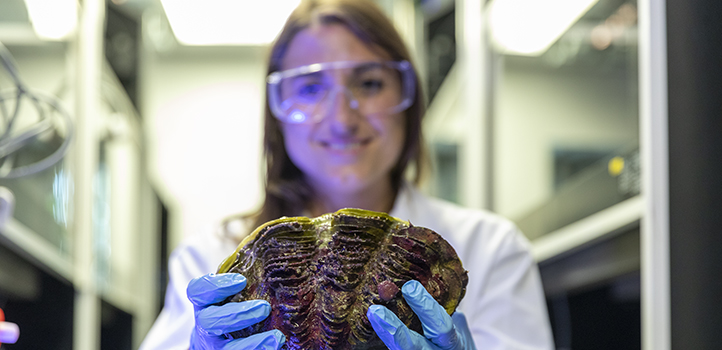
Marine Science
Microplastics in the water column are ingested by clams and become attached to their shells.

Material Science and Engineering
A precise method for stacking semiconductor thin films enhances optoelectronic device performance using quantum effects.
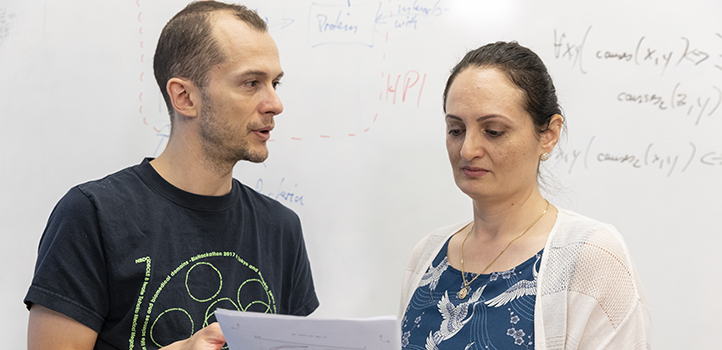
Computer Science
Linking disease pathogens to clinical signs and symptoms through a database could support research into the molecular mechanisms of infectious diseases.
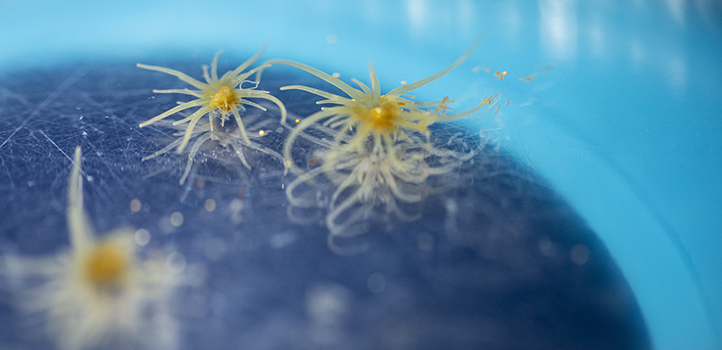
Marine Science
Corals use sugar from their symbiotic algal partners to control them by recycling nitrogen from their own ammonium waste.
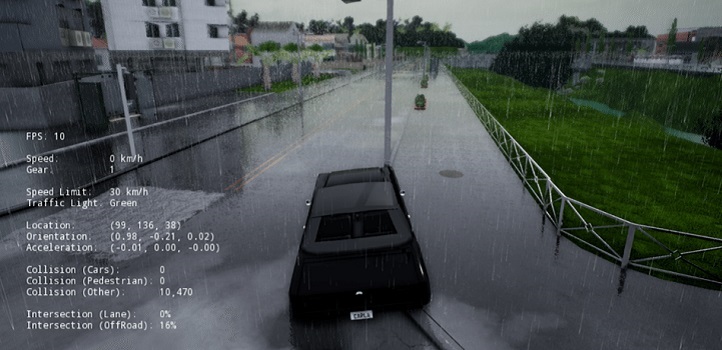
Electrical Engineering
Understanding the situations when artificial intelligence can fail is critical for application of future autonomous vehicles and medical diagnostics.
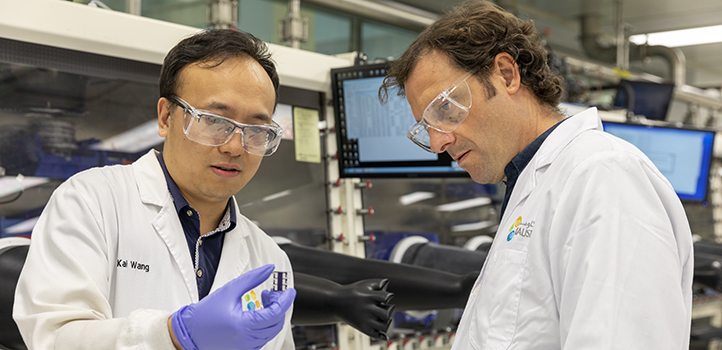
Material Science and Engineering
Changes in composition are shown to affect light-harvesting layer crystallization and perovskite solar cell efficiency.
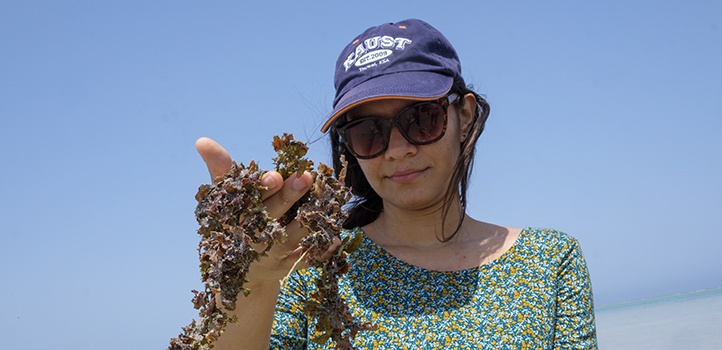
Marine Science
Macroalgae is shown to be a major global contributor to carbon sequestration.

Computer Science
A communications concept could pinpoint a person infected with a deadly, contagious virus in the middle of a crowded airport.
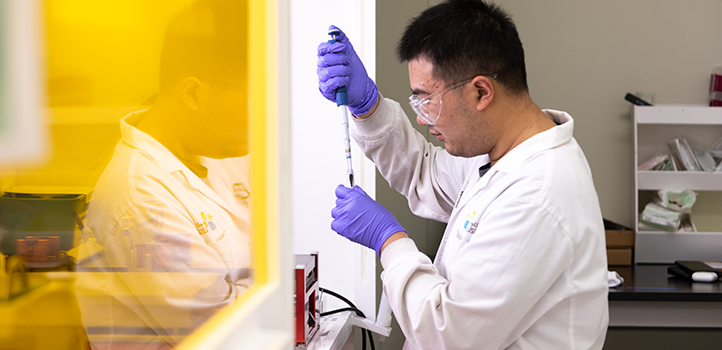
Material Science and Engineering
A three-component light-harvesting layer boosts performance in an organic solar cell.
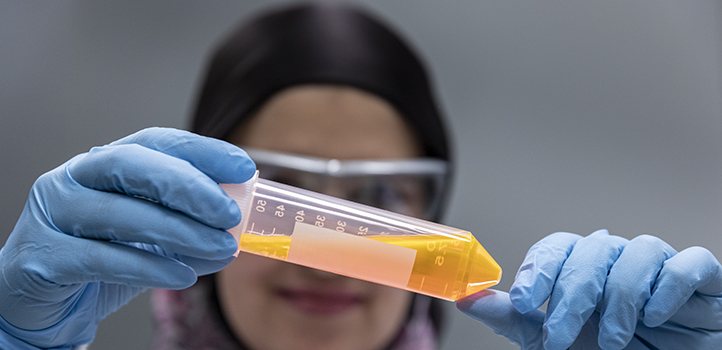
Bioscience
New experimental insights allow researchers to probe protein-DNA interactions with greater precision.
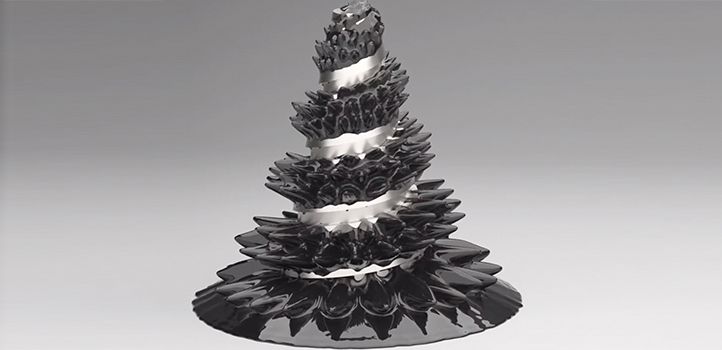
Computer Science
Computer simulation accurately captures the beguiling motion of a liquid magnetic material.
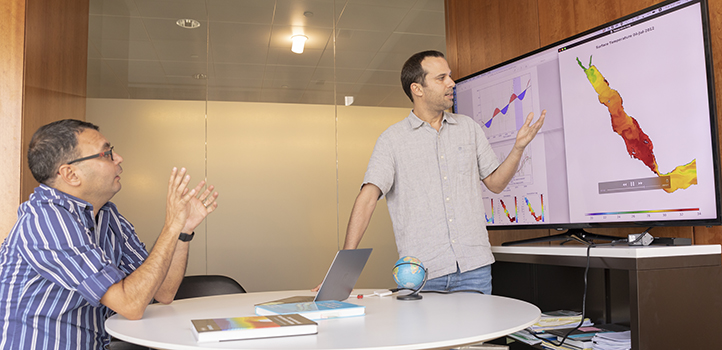
Earth Science and Engineering
Exploring the links between natural climate cycles and the sea-surface temperature of the Red Sea reveals a cooling trend during the next few decades.

Material Science and Engineering
A low-temperature method for making high-performance thermoelectric materials could recapture lost energy.

Computer Science
A universal query engine for big data that works across computing platforms could accelerate analytics research.
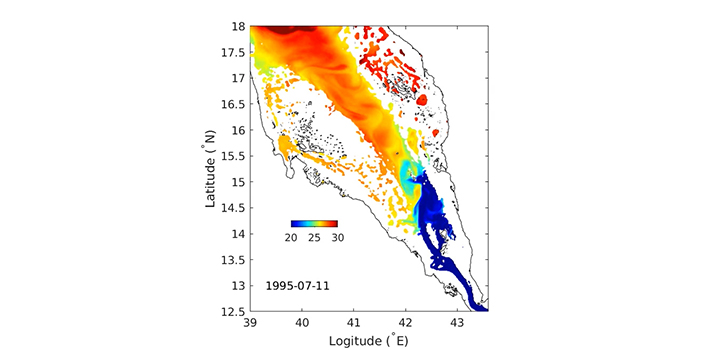
Earth Science and Engineering
Powerful computer simulations are revealing new insights into water exchanges between the Red Sea and the Gulf of Aden.

Bioscience
Protein found in gut-dwelling pathogens changes shape under human body temperatures, leading to toxins responsible for diarrheal disease.

Material Science and Engineering
Arranging nanowires in bent configurations may make them less likely to fail inside electronic devices.
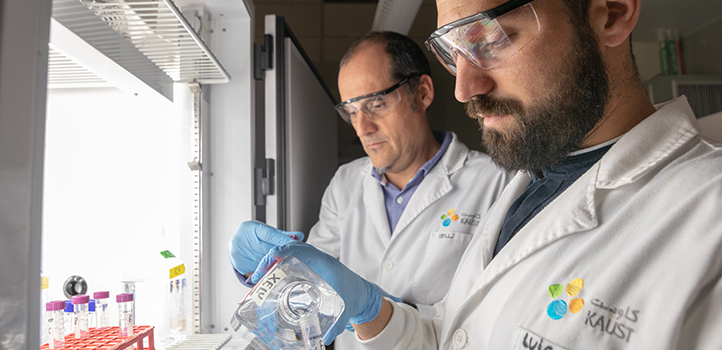
Marine Science
Predation, not resource availability, limits the abundance of coastal Red Sea bacteria.
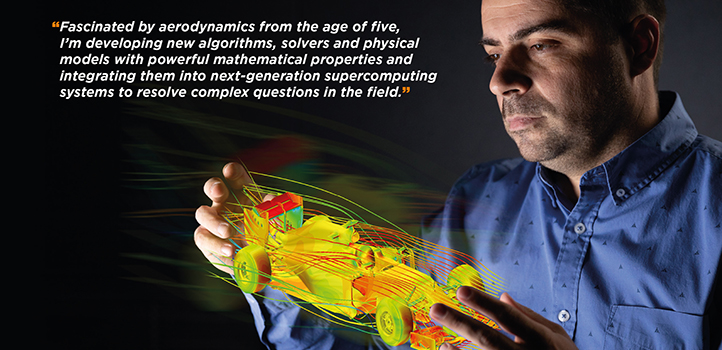
Applied Mathematics and Computational Sciences
The Formula 1 race track is the ultimate testbed for a KAUST researcher's latest work.
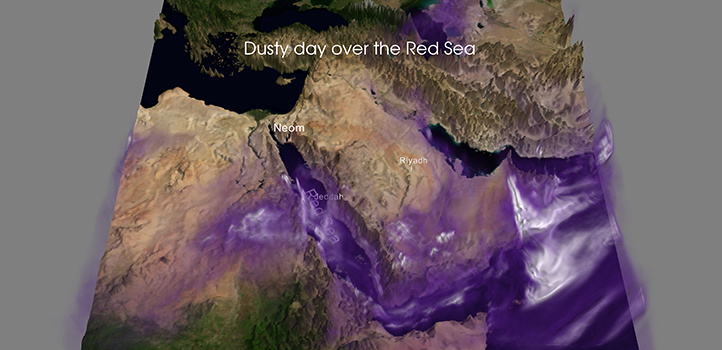
Earth Science and Engineering
World-class computing facilities at KAUST enable researchers to tackle complex questions in climate science and oceanography.
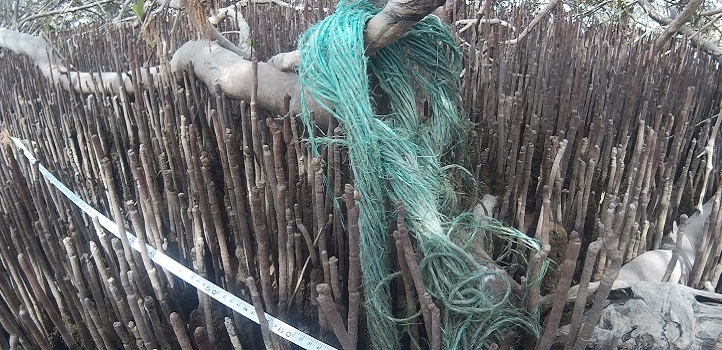
Marine Science
Marine plastic pollution accumulates in mangrove forests and is a danger to sea life.
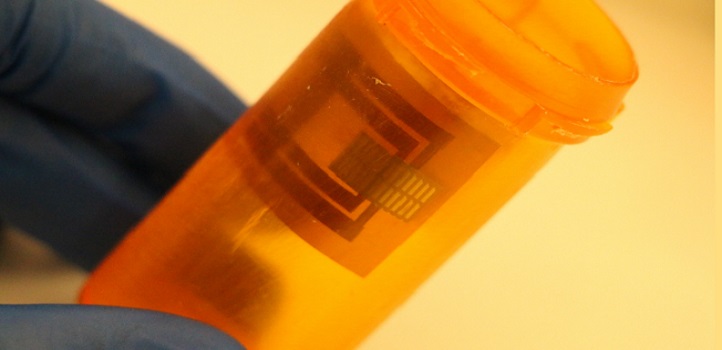
Electrical Engineering
Low-cost, stretchy sensors can be assembled inside the lid of a drug container to help monitor patient safety.
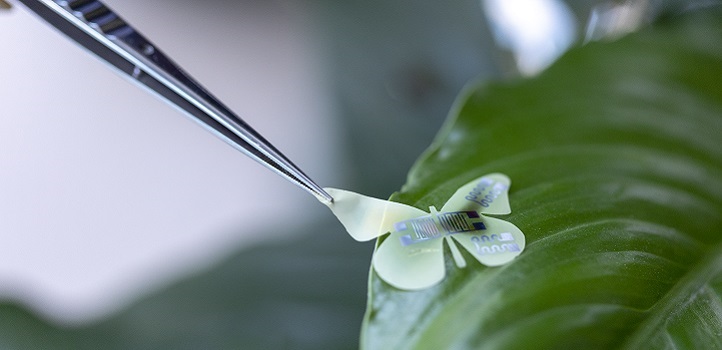
Electrical Engineering
An interdisciplinary initiative is helping KAUST be at the forefront of a digital revolution, where sensors can find a use just about anywhere.

Material Science and Engineering
Nanotech-powered electrodes help solve the challenges of using sweat to assess biological conditions in real time.
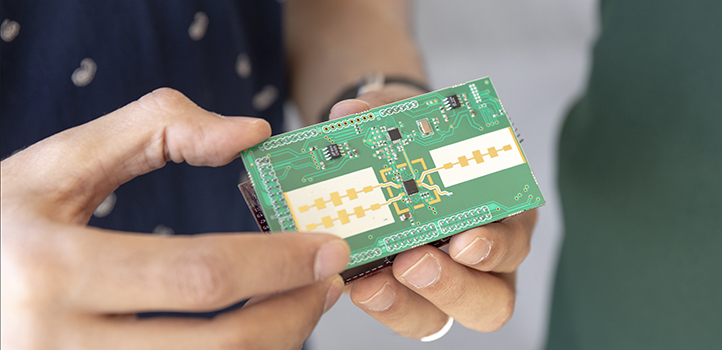
Electrical Engineering
A tiny, portable radar device could allow visually impaired people, or unmanned moving devices, to detect objects in real time.
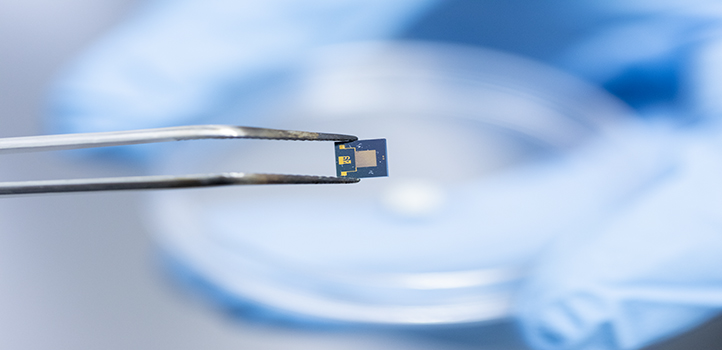
Chemistry
Fluorinated metal-organic frameworks make excellent materials for selective sensing and removal of toxic gases.

Statistics
The latest statistical methods from research on complex high-dimensional environmental data also yield powerful tools for interpreting brain activity.

Bioscience
In the harsh sand of the Namib Desert, the sheaths of speargrass roots co-opt any growth-promoting bacteria they can find.

Environmental Science and Engineering
Electrosprays of water cannot reliably probe the air-water interface.

Computer Science
Computer model learns to identify Twitter users’ evolving interests by analyzing their Tweets.

Mechanical Engineering
Rapid-fire photography reveals how even a nanoscale amount of surface roughness can unleash microbubbles that may interfere with coating technology.
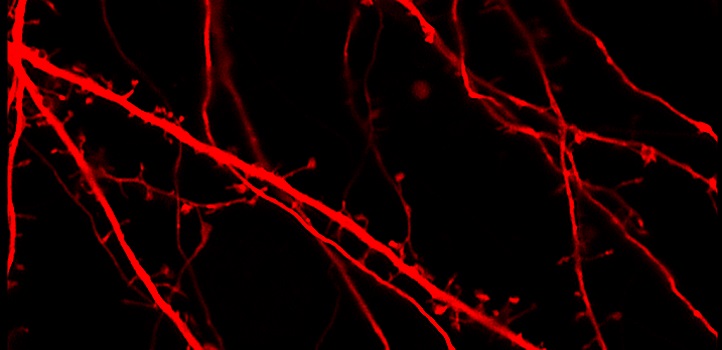
Bioscience
Study illustrates the links between brain energy metabolism and neuronal activity.
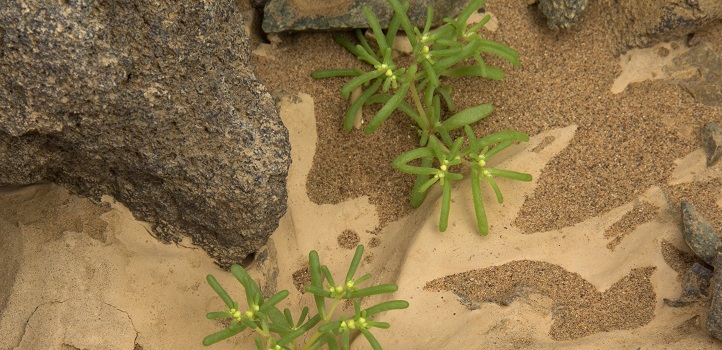
Plant Science
Desert bacteria protect food crops from salt toxicity.
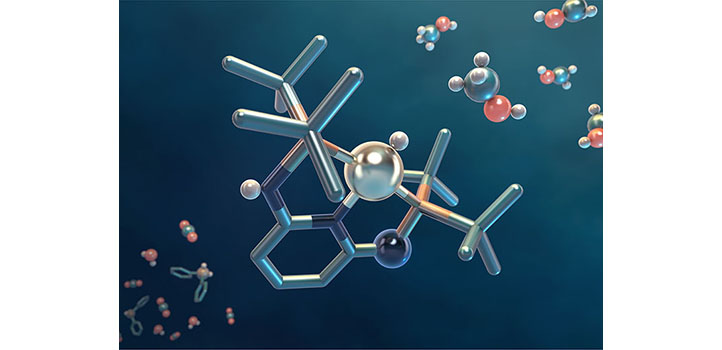
Chemistry
Hydrogen-powered cars and recycling CO2 are just two of the myriad of applications that could spring from catalysts based on a new ligand platform.
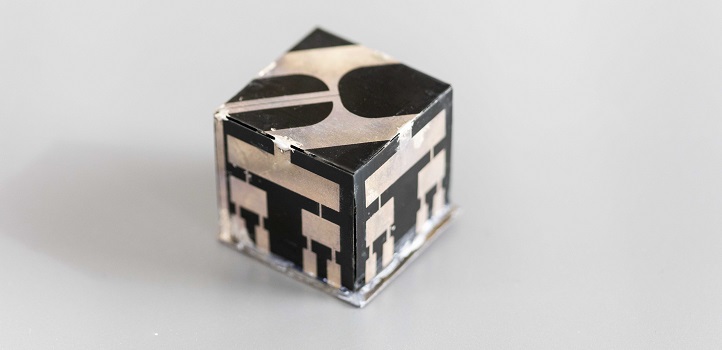
Electrical Engineering
Ambient energy emitted by cellular phones and modems can be captured and converted into electricity using unusually shaped technology.
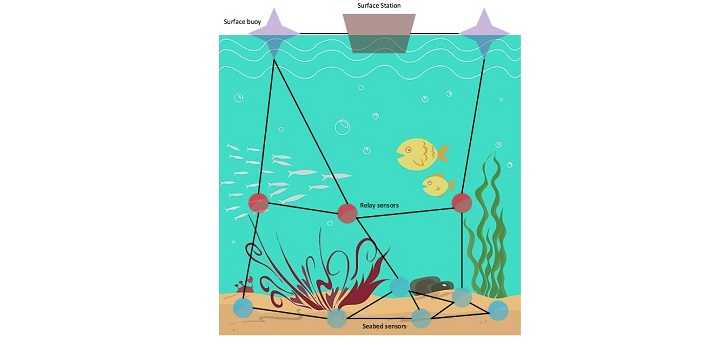
Electrical Engineering
An optical system for monitoring underwater sensor positions could enable large networks of devices to be deployed for ocean measurements.
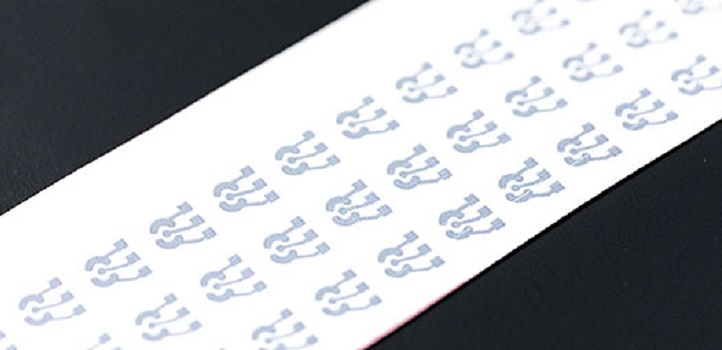
Bioscience
Inkjet-printed device helps monitor a patient’s blood sugar levels without painful needles.

Material Science and Engineering
For researchers seeking entrepreneurial opportunities, KAUST can provide the perfect springboard.
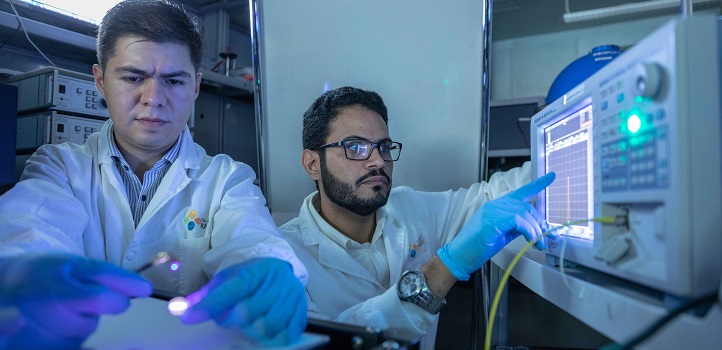
Electrical Engineering
High-performance blue-light-emitting diodes could boost white-light, high-speed data transmission.

Environmental Science and Engineering
Helpful microbes inhale CO2 through a porous cylindrical electrode and exude useful chemicals.
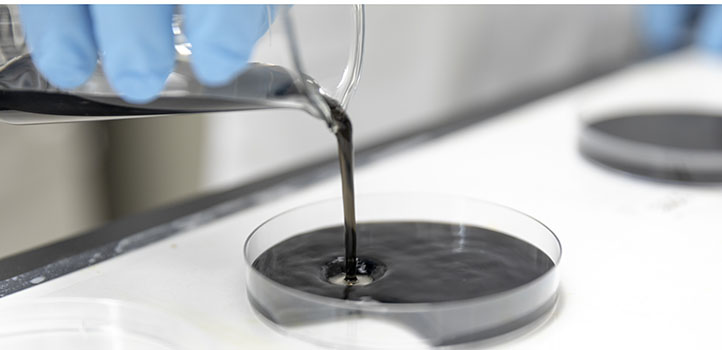
Environmental Science and Engineering
An inexpensive hydrogel-based material efficiently captures moisture even from low-humidity air and then releases it on demand.
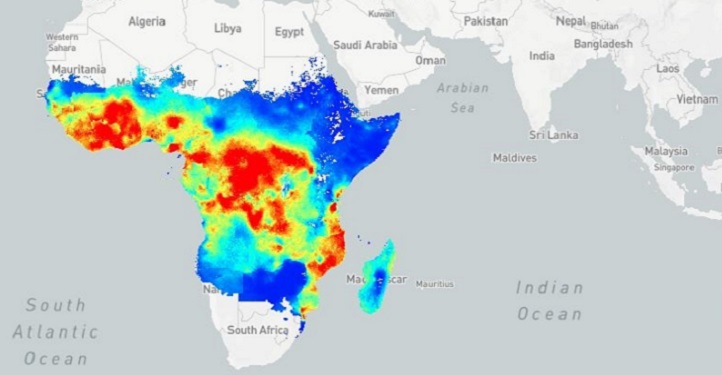
Statistics
A tool developed by Håvard Rue has transformed data analysis, interpretation and communication. It has been applied broadly: from modeling the spread of infectious diseases to mapping fish stocks.
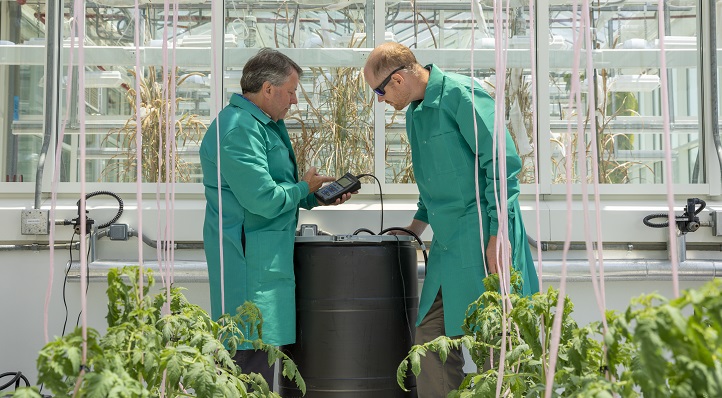
Environmental Science and Engineering
Research to optimize aquaponics systems could inform a new era of urban food production.

Marine Science
While drones scan beaches to assess plastic litter, microplastics are found in the digestive tracts of one in every six Red Sea fish.
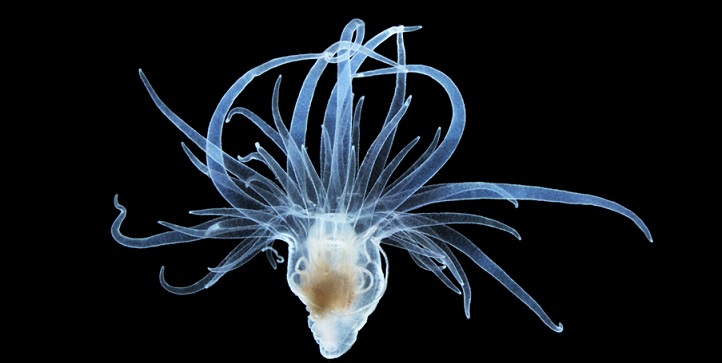
Marine Science
Epigenetic mechanisms adjust gene expression in anemone symbiosis.
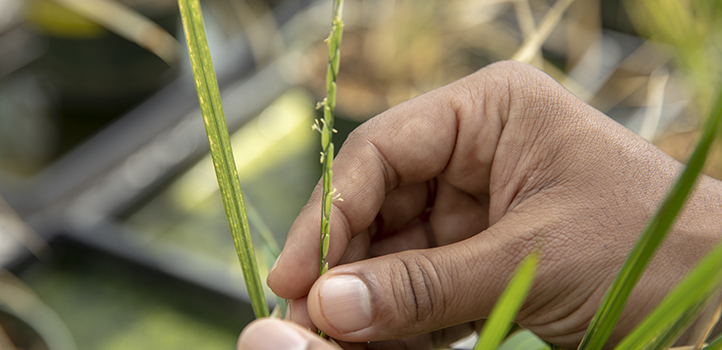
Bioscience
A compound that binds to and inhibits a crucial receptor protein offers a new route for controlling a parasitic plant.
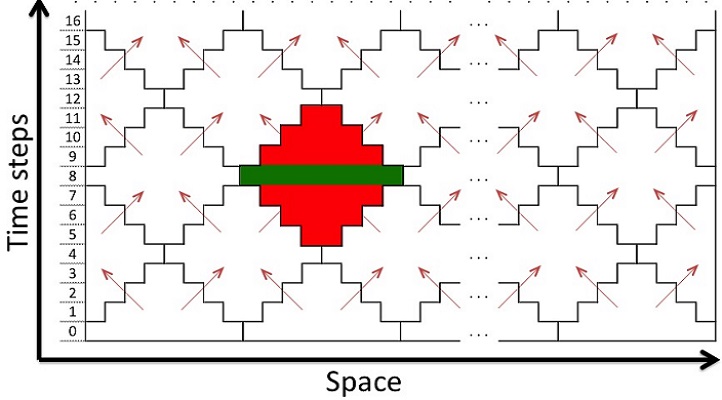
Applied Mathematics and Computational Sciences
Software could transform underground imaging of fossil fuel reserves by providing unprecedented detail in record time.
Computer Science
A novel imaging method makes it possible to capture object deformation in three dimensions over time with unprecedented accuracy.

Material Science and Engineering
A metal carbide within a hydrogel composite senses, stretches and heals like human skin for use in medicine and robotics.
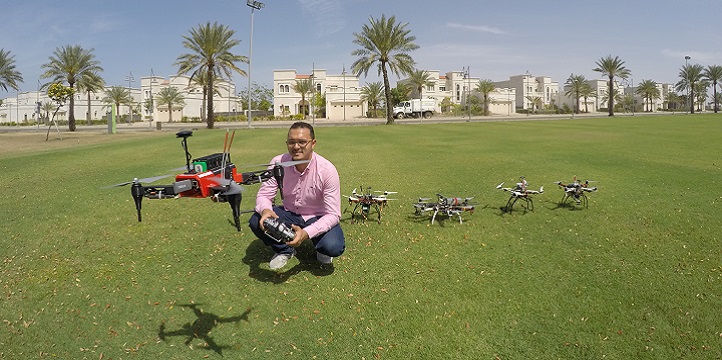
Electrical Engineering
Innovative drone designs and software enable a team of drones to work together in a coordinated approach.
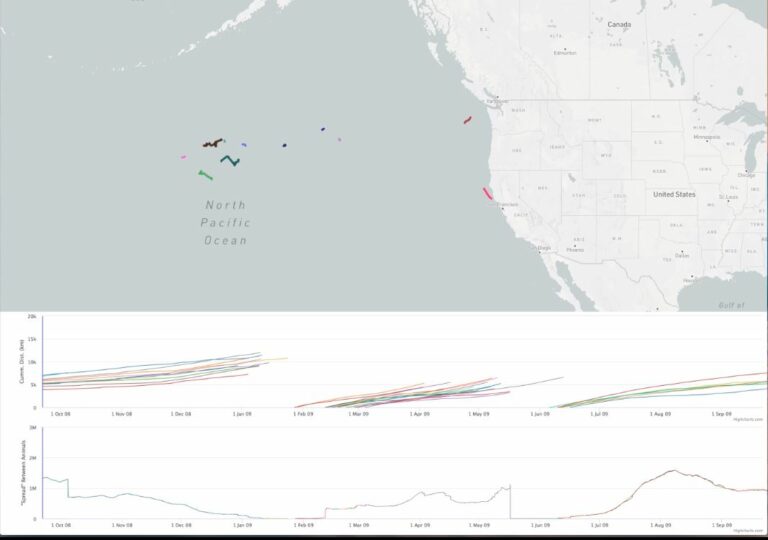
Marine Science
Adding sound to elephant seal migration data reveals high levels of coordination when swimming long distances.
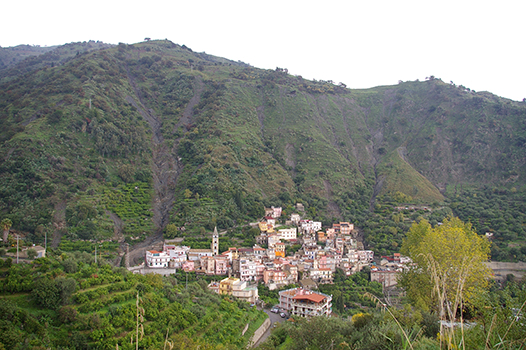
Statistics
Rainfall simulations in statistical models could allow accurate prediction of dangerous landslides.
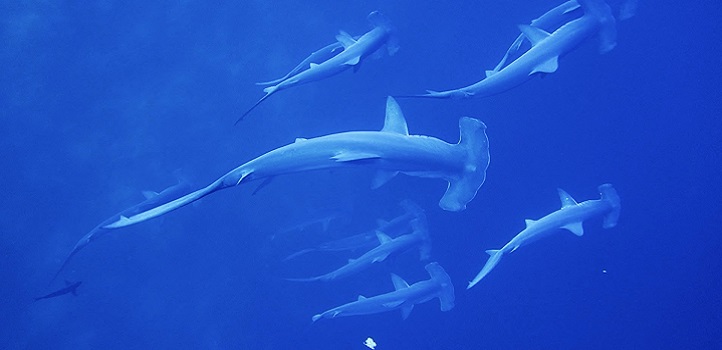
Marine Science
Big data shows that large marine vertebrates move differently, but consistently, through coastal and ocean waters.

Marine Science
An electronic tag that stretches and flexes while it records location and environmental data can monitor marine animals in their natural habitat.
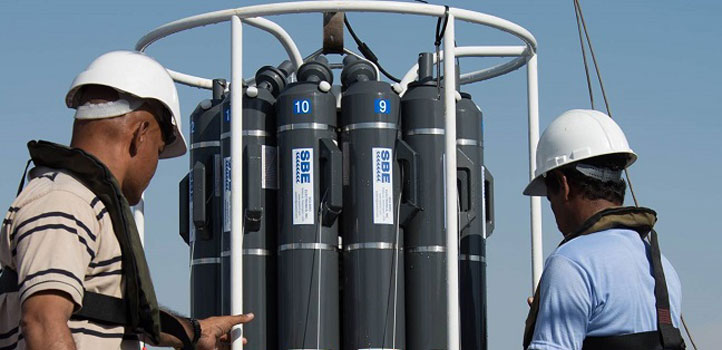
Marine Science
Turbulence and nutrient availability drive changes in Red Sea microbes.
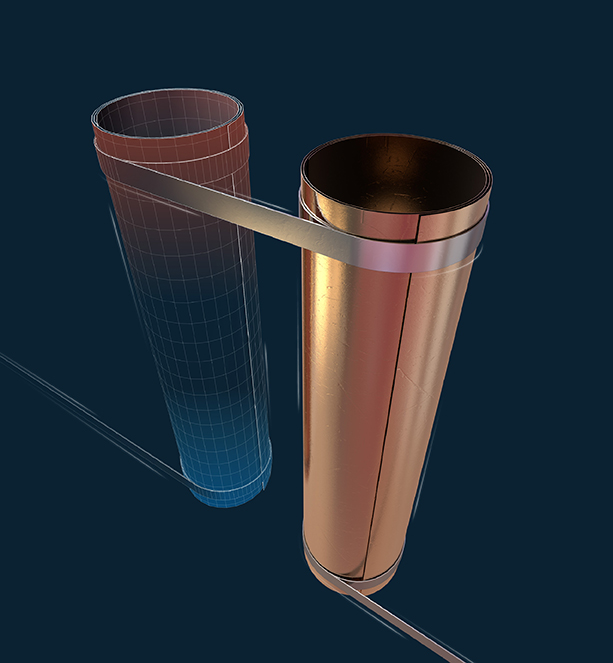
Electrical Engineering
Ultrathin films curve up into long, light and cost-effective heat-harvesting tubes for high-power generation.
Bioscience
A new malaria metabolic model may uncover better ways to treat a highly deadly disease.
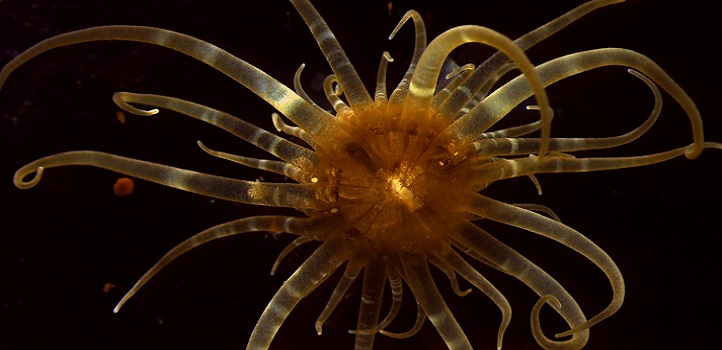
Bioscience
Corals living in highly saline waters may be more tolerant to rising water temperatures.
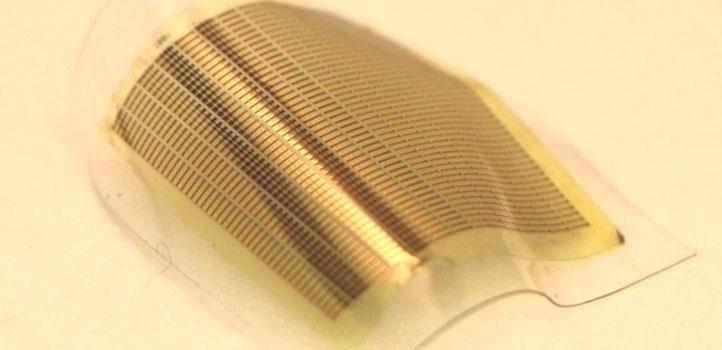
Electrical Engineering
Wavy transistors that vertically gain width without increasing their on-chip footprint could drive future flexible displays.

Electrical Engineering
An easy and reliable assembly approach, inspired by building blocks, challenges the current fabrication of electronic systems.